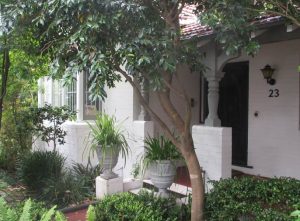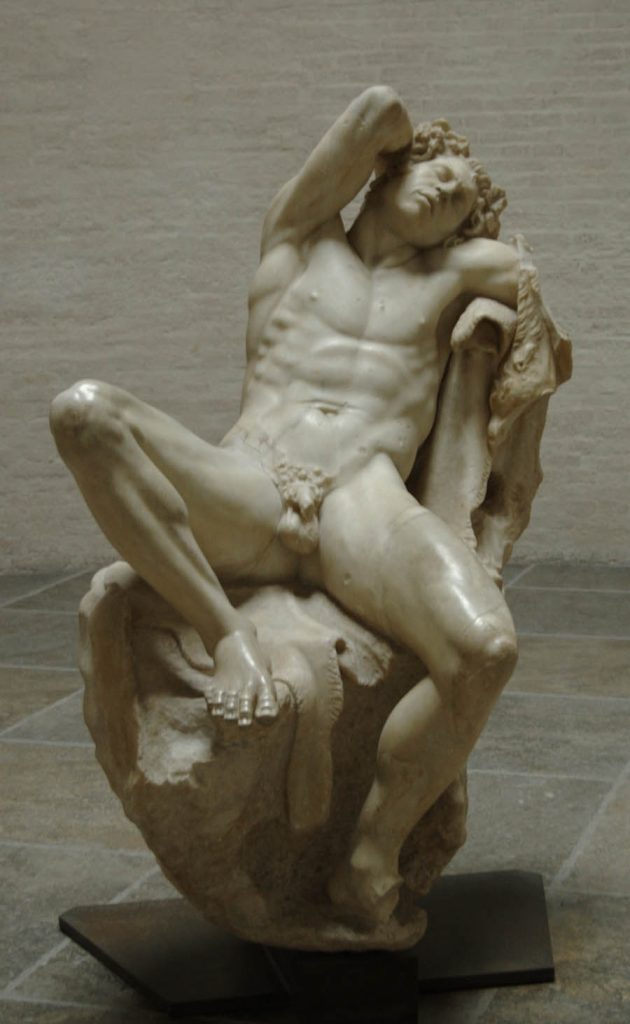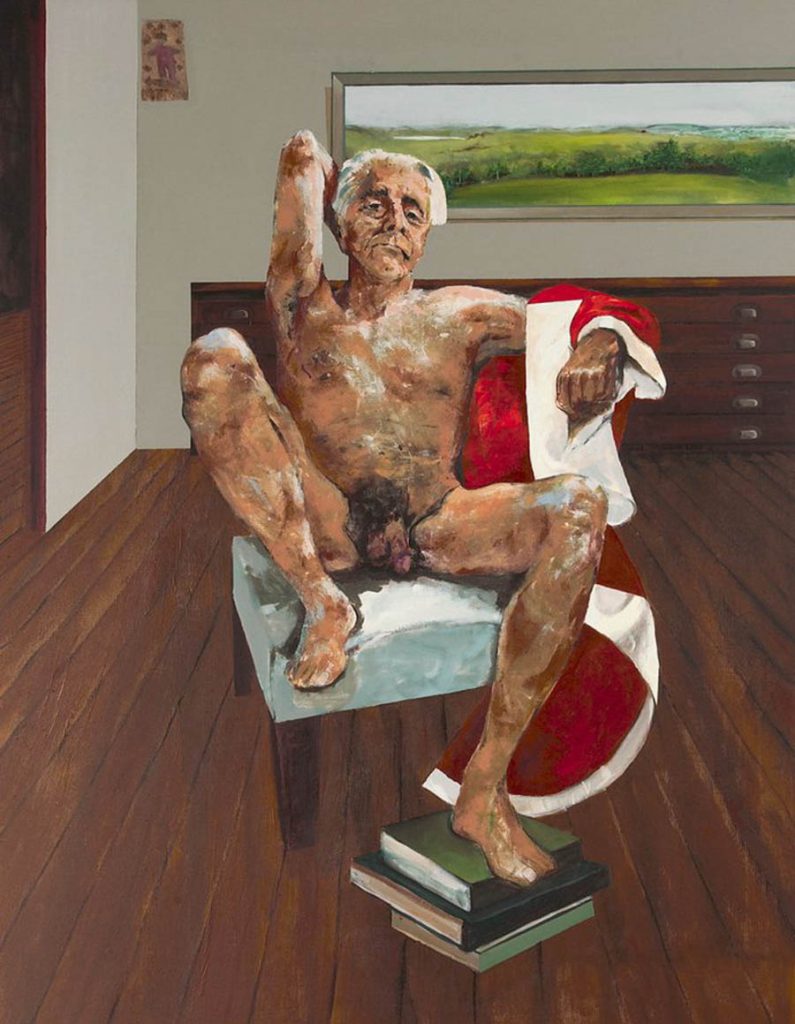By Ian Stephenson, Bulletin 10/2020, December 2022

The tenth site nominated for a Blue Plaque is 23 Avenue Rd, Glebe. The Glebe Society started from a meeting held here, the home of Bernard and Kate Smith, on 27 February 1969. The booklet Fifty Years of the Glebe Society1 records that:
Bernard and Kate Smith came to Glebe in 1967 following Bernard’s appointment as Power Professor of Contemporary Art … at the University of Sydney. He and Kate Challis were married in 1941. They shared a strong social consciousness and had complementary skills. While a supportive partner to an increasingly public figure Kate never lost her identity. In Glebe Society matters, Bernard had the public authority, verbal assurance and writing skills to be a forceful and effective President. Kate, on the other hand, was the grassroots worker. She worked closely with locals, developing a social organisation that proved invaluable when occasions arose for residents to rally for a protest or a photo.
Assisted by Max Solling’s forensic study of Glebe’s urban geography, Bernard and Kate wrote The Architectural Character of Glebe, published in 1973.
Up to that time, most studies of Australian architectural history focussed on exemplars – examples of the best buildings by the best architects. Their work was significant in looking at architectural typologies across an entire suburb. It was also one of the first studies to use the term Federation Style, which Bernard Smith had coined, to refer to the plurality of architectural styles in use in Australia around the 1900s.
Bernard and Kate did a huge amount of fieldwork for the book. Over 400 of the photographs they took survive as the Bernard and Kate Smith Collection at the City of Sydney Archives,3 and are available online. The collection has proved to be of lasting value in documenting Glebe at a particular time. It has been of inestimable value in helping homeowners to accurately restore missing details on their houses.
Bernard Smith was born in 1916 and raised in foster care in Burwood. His autobiography The Boy Adeodatus: the Portrait of a Lucky Young Bastard recounts the first steps in his remarkable life. He studied at the Sydney Teachers’ College from 1934-1935, the University of Sydney, 1945-1948, and the Courtauld Institute of Art and Warburg Institute in London from 1948-1949. He completed his PhD at the Australian National University in 1953-1954. Smith’s first major publication was Place, Taste and Tradition (1945). He has been described as ‘the first truly Australian art historian, who consistently and tenaciously saw the need to develop and describe a social aesthetic suited to a democratic Australian Society’4.
Bernard Smith’s portrait was painted many times, including by distinguished artists like Arthur Boyd and Albert Tucker. The most memorable, however, is Carmel O’Connor’s. It won the Archibald Prize in 2002.
The Art Gallery of NSW website describes its genesis2:
O’Connor was looking through a second-hand bookshop when she came across Smith’s The Antipodean Manifesto. ‘He’s still alive, you know,’ the bookseller told her, ‘And he lives in Fitzroy.’
‘From his writing, I felt that this man really loved art,’ says O’Connor. ‘He writes so well, and it’s from the heart. It was reading his writing that gave me the courage to write to him.’
So, O’Connor sent him a letter asking if she could paint his portrait and Smith said no. ‘I wrote again and quoted a stanza from Coleridge’s The Rime of the Ancient Mariner: ‘Water, water, everywhere; And all the boards did shrink; Water, water, everywhere, Nor any drop to drink.’ And I said that by keeping to his house, they were the boards shrinking and we were out here wanting him to come out. It appealed to him and he said I could come around and draw him with or without his clothes on. It’s not normally what I would do but I have painted nudes and done a lot of life drawing.
So, I visited him and showed him the pose of the Barberini faun [a Greek sculpture]. It’s a provocative pose and I thought he would say, ‘Paint me with a suit on’ but no. He came to my studio and said, ‘Here I am, put me in the pose.’
Glebe is a suburb rich in talent and character. Bernard Smith is part of its pantheon, not the least because of his work with Kate Smith in founding the Society and his courage. We have much to thank him for. As the late Jack Mundey said in the Glebe Town Hall, ‘you can never, ever leave it to Macquarie St or to George St, to make decisions about heritage.’ There’s got to be people’s action involving people wider than the elected officials to determine the future. Resident action groups are essential to good planning.
Notes: 1. https://50years.glebesociety.org.au/publications-and-printed-resources; 2. www.artgallery.nsw.gov.au/prizes/archibald/2002/17833/; 3. archives.cityofsydney.nsw.gov.au/nodes/view/1923916; 4. Jaynie Anderson, Christopher R. Marshall & Andrew Yip (Eds) (2016) The Legacies of Bernard Smith: Essays on Australian Art, History and Cultural Politics, p. 5












There are no comments yet. Please leave yours.